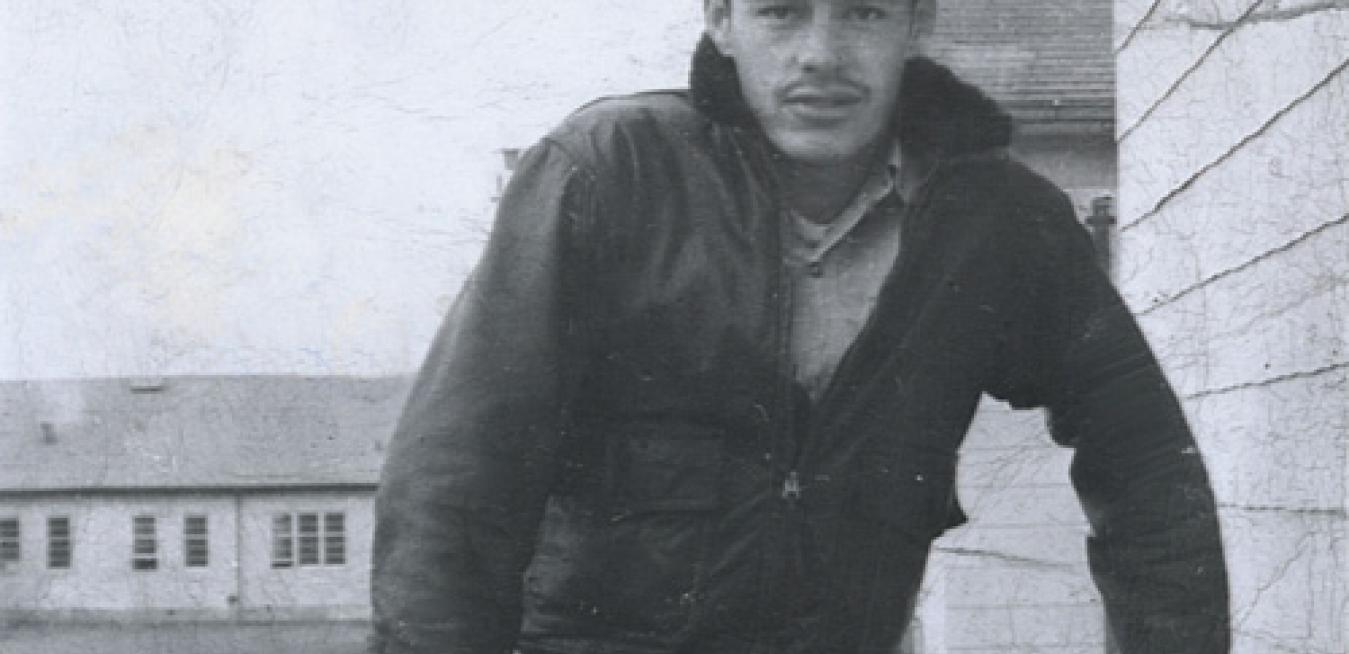“Did you serve in the military?”
It was one of the first things Marissa Helton was asked mere minutes after walking into a holistic doctor’s office. The tip-off? The doctor’s dog had immediately sidled up to Helton, who spent the rest of the visit petting him. As the doctor eventually explained, her dog was trained to work with veterans suffering from post-traumatic stress disorder, or PTSD.
Service before self.
That was the message Gabrielle “Gabbe” Kearney, a GE Aviation lead security analyst, heard throughout her upbringing. Her father, Brig. Gen. Ron Wilson, had a full-time job with the National Guard, but also found time to volunteer with the PTA and fire department, coach youth sports and work part time for American Airlines.
“He is so selfless,” Gabbe says. “Growing up, I just wanted to be like that.”
Jamie Pierce knows a few things about rotors. Pierce works at GE Renewable Energy — the GE unit that makes some of the world’s most powerful wind turbines — and has spent three decades in the U.S. Navy, including 13 years of active duty as a helicopter pilot. Pierce’s day job as an executive in the Renewable Energy Project Management Office now involves some of the most complex wind projects. Just in time for Veterans Day, Pierce shared with GE Reports his story as well and insights about the importance of recruiting and hiring veterans. See our video and edited Q&A below.
On Wednesday, Nov. 11, the U.S. will celebrate Veterans Day. GE currently employs thousands of veterans and continues to hire more. A network throughout the company helps veterans not only learn skills and grow — it also helps them find new job opportunities in all of GE’s businesses. Below is a short list of GE veterans we profiled over the last year. Take a look.
On the fifth floor of Xavier University’s Conaton Learning Commons just outside Cincinnati, Ohio, there’s a place where everyone has one thing in common: they served.
That place is the Xavier University Student Veterans Center. From career counseling, to financial aid, to academic advising, the Student Veterans Center is the heart of student veteran life for Xavier’s more than 300 current veteran and military-connected students. Perhaps its most important resource, though, is community.
Few sights are more terrifying than a surface-to-air missile (SAM) targeting you while flying a B-1B bomber 25,000 feet over a hostile part of Iraq at 600 mph. But retired U.S. Air Force Lt. Col. William Dobbs surprised himself in 2003 by remaining preternaturally calm when he alerted his crew members that a missile launch tone had sounded. His only concession to anxiety, he acknowledges ruefully: “My voice came out several octaves higher than normal.”
Former U.S. Air Force Crew Chief Jeff Schnitzer, who now works as a general manager at GE Energy Connections, shares stories about the unexpected ways his military service helps him do his job.
How does flying a 20,000-pound Black Hawk helicopter relate to hitting quarterly earnings targets? How can responding to a tsunami help prepare someone to manufacture a part better and faster?
Although many improvised explosive devices, or IEDs, are crude, homemade bombs, they’re among the most destructive weapons U.S. soldiers have encountered over the last decade. “When we got into Iraq and Afghanistan, we weren’t prepared for that kind of fight,“ Lt. Gen. D. Johnson, director of the U.S. Joint Improvised Explosive Device Defeat Organization (JIEDDO), said in July. “IEDs are not new,” he added. “Unfortunately for the world, their use is growing.”












